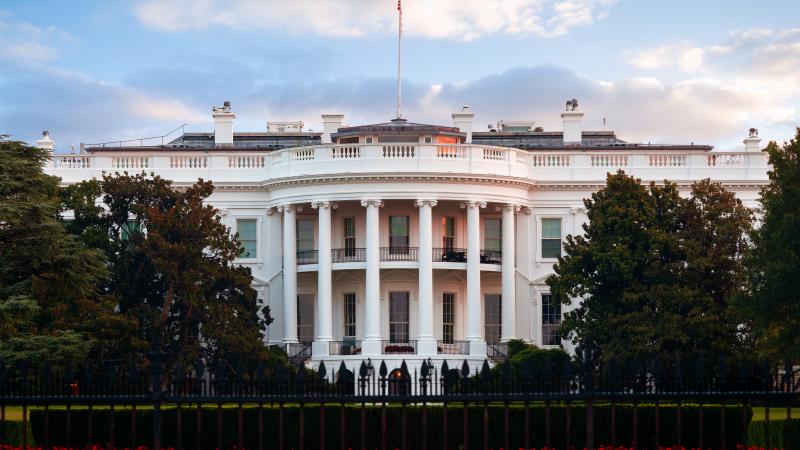DOD spent $6.5 billion on 'unused,' 'abandoned' and 'destroyed' infrastructure in Afghanistan
New SIGAR report details just some of the $143 billion in infrastructure spending the U.S. has invested in Afghanistan since 2002.
The Golden Horseshoe is a weekly designation from Just the News intended to highlight egregious examples of wasteful taxpayer spending by the government. The award is named for the horseshoe-shaped toilet seats for military airplanes that cost the Pentagon a whopping $640 each back in the 1980s.
This week, in honor of President Biden's announcement that the United States will officially leave Afghanistan by Sept. 11 of this year, our award is going to the U.S. Department of Defense for just a small fraction of the billions in taxpayers dollars that have been funneled to the Afghan reconstruction effort since the early 2000s.
For context, the United States has spent "an estimated $864.2 billion ... for all U.S. activities in Afghanistan since 2001," according to the Special Inspector General for Afghanistan Reconstruction's latest High-Risk List report to Congress. About $143 billion of that total went toward reconstruction efforts.
According to a SIGAR report from late February, the U.S. government has spent at least $7.8 billion to construct or fund schools, prisons, hospitals, roads, bridges, a hotel, and several Afghan military facilities since 2008. The DOD provided $6.5 billion of that $7.8 billion.
The report found that at least $2.4 billion's worth of fully funded assets were ultimately "unused or abandoned" or possibly "had not been used for their intended purpose, had deteriorated, or were destroyed." The hotel, for instance, was a $60 million project that was never completed. The business never became operational, and the dilapidated structure currently sits abandoned in the middle of Kabul.
The report goes on to reveal that just $1.2 billion of the $7.8 billion was spent for its intended purpose, and of those funds, just $343.2 million worth of assets were "maintained in good condition."
The SIGAR has found a continuing pattern of U.S. agencies pouring "too much money, too quickly, into a country too small to absorb it," said John Sopko, the Special Inspector General, in a statement accompanying the February report.
The "fact that so many capital assets wound up not used, deteriorated, or abandoned should have been a major cause of concern for the agencies financing these projects," Sopko commented.
"The most common reason that funds spent on capital assets were wasted was that the Afghan beneficiaries lacked the resources or capabilities they needed to operate and maintain these assets," the report found. "This suggests that U.S. agencies have generally not built or procured capital assets that the Afghan government and private sector can afford to sustain on their own."
Since the SIGAR was established in 2008 to monitor taxpayer-funded projects in Afghanistan, the office's quarterly reports have consistently exposed massive amounts of taxpayer dollars that have been misspent, abused, or wasted in the region.
With the deal former President Donald Trump struck with the Afghan government to arrange an exit of American troops from the region now reaffirmed by President Joe Biden, the 20-year U.S. military presence in Afghanistan — which cost nearly $1 trillion and the lives of more than 2,400 American soldiers — will come to an end in September. What that means for the number of taxpayer dollars the government spends in the region, only time will tell.















